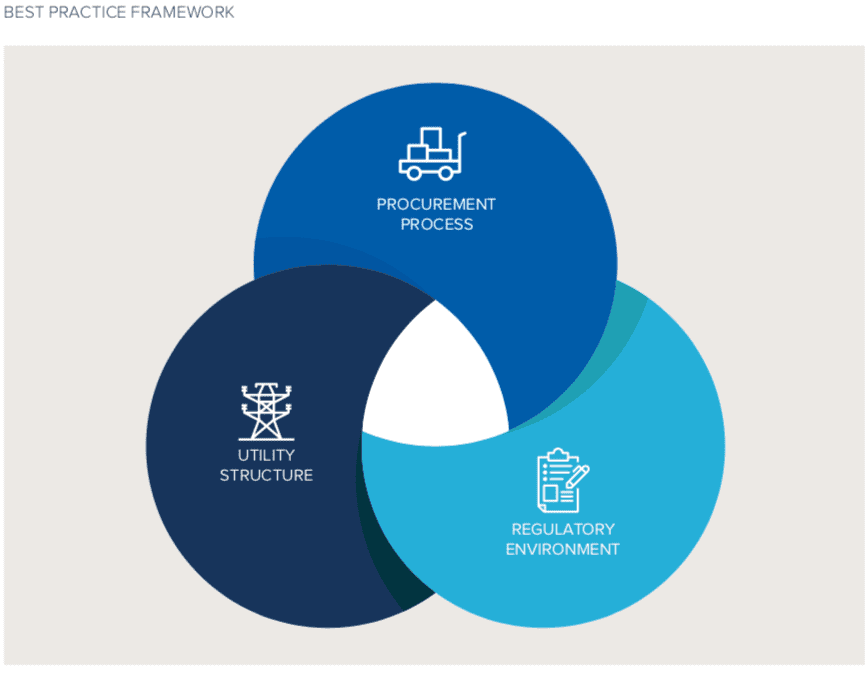
Report | 2018
The Non-Wires Solutions Implementation Playbook
A Practical Guide for Regulators, Utilities, and Developers
For the past decade, regulated utilities have spent an average of $55 billion annually upgrading their distribution, transmission, and generation infrastructure to meet customer needs.
The largest share of this investment has been in distribution infrastructure to maintain and modernize the last-mile networks that deliver energy to homes and businesses.
Electric utilities increasingly can reduce their system infrastructure investments and save customers money by employing non-wires solutions (NWS) —portfolios of distributed energy resources (DERs) like solar photovoltaics, energy storage, energy efficiency, and demand response—to cost-effectively meet growing grid needs, according to The Non-Wires Solutions Implementation Playbook: A Practical Guide for Regulators, Utilities, and Developers report. NWS represent a compelling update to traditional utility investment practices, helping keep customer electricity bills stable while enabling a lower-carbon electricity grid.
Using the Playbook, grid planners can improve on this approach to infrastructure investment by more systematically evaluating opportunities to deploy modular—and often lower-cost—NWS portfolios. Doing so reduces the risk that infrastructure investments based on uncertain forecasts may burden ratepayers with higher electricity bills for years to come if demand growth doesn’t materialize, and provides a time-value-of-money benefit since investments can be delayed until needs are realized.
Based on interviews with more than 65 experts across 15 states—including over 20 utilities, as well as developers, regulators, and trade associations—RMI has developed a set of best-practice recommendations that are critical to creating and sustaining successful NWS programs. The Playbook also includes practical NWS implementation guidelines to help utilities operationalize NWS programs. These implementation guidelines cover four central elements that are at the heart of a successful utility NWS program: screening criteria to identify potential non-wires solution projects; competitive RFP processes that lead to meaningful responses; evaluation frameworks to help utilities determine if NWS projects are viable and competitive; and a discussion of key contract terms that are specific to NWS projects.


